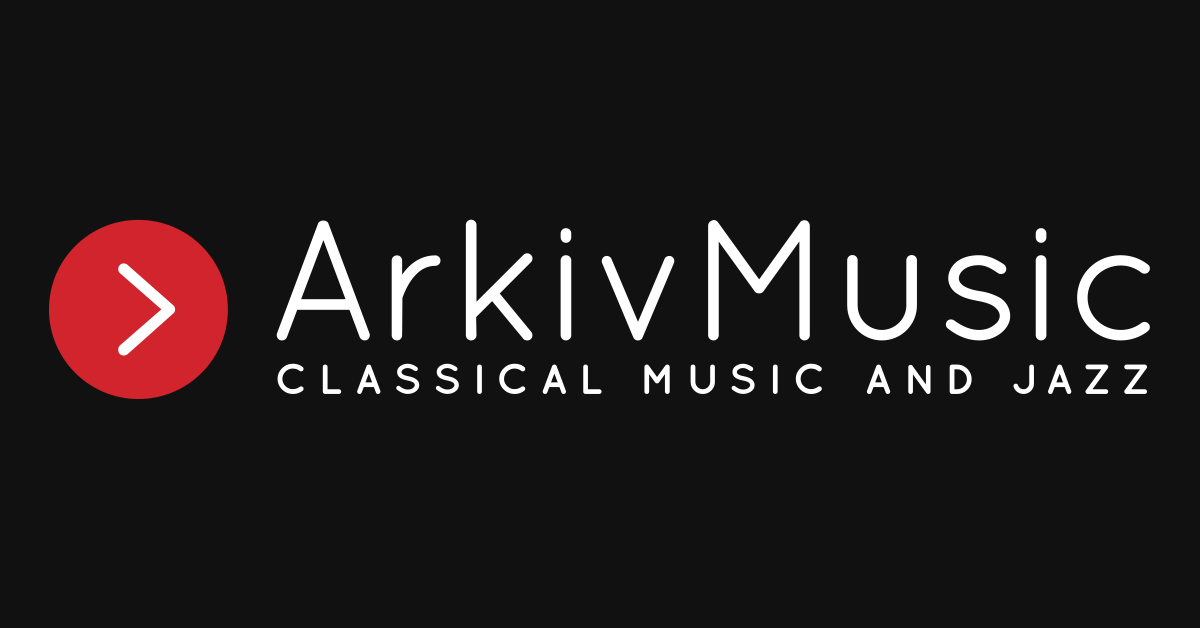Originally posted by Dave2002
View Post
It seems that Mercury began recording stereo in 1955 and ordered a special 3 track machine using half inch tape [the norm was quarter inch] from Ampex along with a 3 track 35mm film recorder [there is a picture of an early rack version in the booklet, there was also a portable version] both of which they used for all subsequent recordings. In the 1994 re-issue set each disc came with the recording machine identified. The previous releases have been on CD only and so the 3 channel sources have been reduced [as they would for LP] to 2 channel masters. The booklet came with a re-release set that Wilma Fine herself supervised and they were all 2 channel down-mixes. The lastest re-issues for SACD have been done by Universal engineers - see PJPJ's posting above. If they had the original tapes and machinery they would have had the choice of retaining the 3 channels. Maybe they worked from Wilma Fine's 2 channel remixes? If they did not have access to the originals it seems a shame. As with the Everest recordings made with a very similar if not identical machine there is a lot of noise compared to say Decca or EMI stereo of the same vintage. I used to have an LP set of Beethoven symphonies with the LSO and Krips recorded in 1960 by Everest [they did a lot of recordings with LSO around this time] and they were very noisy.
In addition to the Mercury own label releases they had a working relationship with Pye/Nixa in the UK during the late 1950s. Recordings of Barbirolli and the Halle in the Free Trade Hall were Pye copyright although recorded by Fine using Mercury gear. When EMI acquired the Nixa catalogue in about 1990 these were re-issued on EMI's Phoenixa label.
Having finally cracked how to post images up, here's a scan of page 10 of the Mercury booklet. The 3 channel 35mm magnetic film recorder is in the background and WCF is operating the small 3 channel mixer desk.





 or
or  , but if
, but if  were to give a
were to give a  of several SACDs etc, I'd
of several SACDs etc, I'd  and
and 


Comment